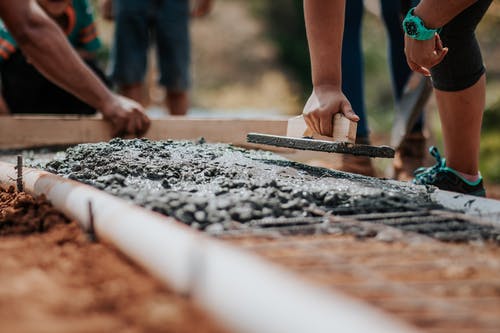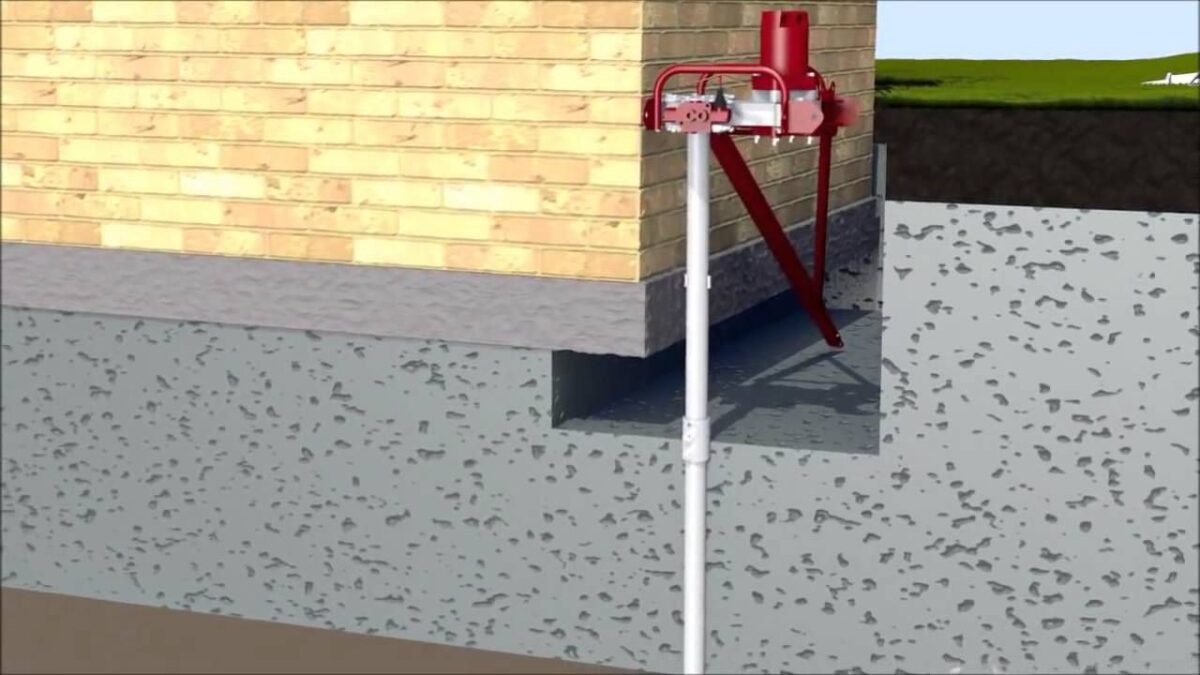
Underpinning is a technique that supports and reinforces a foundation. This involves extending
reinforcement from the floor and placing it on a supportive layer of soil. The process also
distributes load distribution across surrounding soil, improving structural stability. Benefits of
underpinning a base include a higher ceiling height and a greater property’s worth. Underpinning
also makes it easy to access gas and plumbing lines.
Before underpinning a property, it is necessary to assess the soil stability. Soils that are prone to
significant structural changes (or are unstable) should be checked by an expert. These are the
essential facts that will determine if a home requires underpinning. These are the best methods
for underpinning. Contact an underpinning contractor for more information. These experts can
assess your property to help you determine the best foundation repair option.
Pile underpinning foundations employ steel beams as well as concrete mini-piles. The steel piles
are placed into a mass concrete basis. The ground conditions will determine the diameter of the
piles. Mini-piled underpinning foundations are ideal for houses with restricted access or soil
types. These piles can be 150 to 300mm wide. Mini-piles can either be steel cased or augured.
The “base & beam” method of underpinning is another option. While this method requires more
extensive excavation than mass concrete underpinning, it is still a viable option if the building
has a deep foundation. The base and beam method is also suitable for buildings with significant
levels of environmental pollution. This method is ideal for areas with soil contamination. These
underpinning projects are very affordable. The structures can still be used while the building is
underpinned.
Helical pier installations are a more cost-effective method of underpinning. It involves the
permanent transfer of the structure’s weight to the ground by installing steel piers. Piles are
driven into the ground and soil strata. Many times, geological problems can cause piles sink or
buckle. CFI has the expertise and equipment to perform this type foundation method. We also
use the best underpinning products.
Pile underpinning is another popular way to underpin foundations. It is an excellent choice for
areas where soil is clayey or waterlogged. Concrete needles are used to connect the piles to the
floor and then cement mortar is used to seal them. Piles can also be used to create a deeper
foundation. It is important to remember that this method will only work if the existing foundation is
strong enough. It should be removed after the foundation has become strong enough.
For new construction or home renovations, underpinning is a great choice. By extending the
foundation into deeper soil, it increases its strength and bearing ability. The foundation’s
additional area can also prevent waterlogging and differential settlement. It can also make
basement floors possible. Underpinning has many benefits. These can be discussed in more
detail. Once you have decided on the underpinning method for your foundation, contact a local
foundation contractor today.


